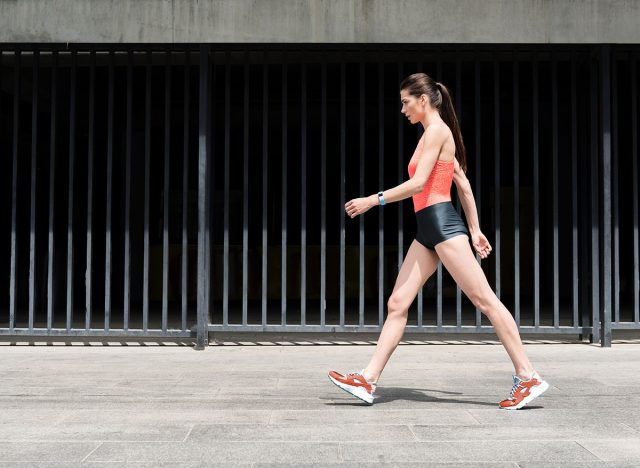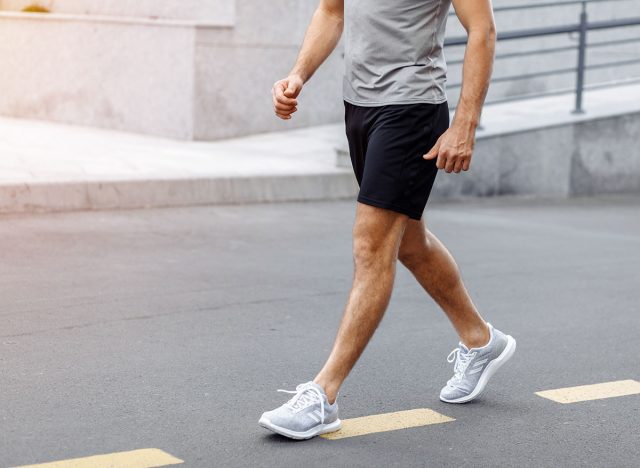Do You Really Need 10,000 Steps a Day to Lose Weight?

For years, 10,000 steps a day has been the gold standard for weight loss and health. The number sounds simple and motivating, but many people struggle to hit it consistently, and wonder if falling short means they’re wasting their effort. The truth is, step counts work, but they’re not magic. What really matters is the intensity of your movement, your consistency, and how those steps fit into the bigger picture of your daily activity.
Walking remains one of the easiest and most effective ways to burn calories after 40, especially for those who want to protect their joints while staying active. The key lies in finding the right balance between volume and quality. Some people benefit from shorter, more purposeful walks that raise the heart rate, while others do best aiming for that high step count spread across the day.
Before you push for 10,000 steps just to check a box, it’s worth understanding what those numbers actually represent. Step goals can be tailored to your lifestyle, fitness level, and weight-loss goals, and the results might surprise you. Here’s how to make walking work smarter, not just harder.
Quality Over Quantity

Chasing 10,000 steps without considering pace or intensity leaves results on the table. A brisk 6,000-step walk at a challenging pace can burn more calories than 10,000 slow, casual steps. Think about walking with intent: swinging your arms, keeping a tall posture, and moving at a clip that slightly elevates your breathing.
For fat loss, you want to reach a point where your heart rate rises enough to make conversation slightly harder. That’s where you start tapping into stored energy more efficiently. Combine brisk walking with good posture and core engagement, and you’ll see better results even if the total step count is lower.
If 10,000 steps feels daunting, break the day into two or three shorter walks at a faster pace. This approach builds consistency without overwhelming your schedule, which makes it easier to stay on track long term.
Finding Your Personal Step Goal

Not everyone needs 10,000 steps, your ideal number depends on your current activity level. For someone who barely moves during the day, even hitting 6,000 steps consistently can spark weight loss and boost energy. The goal is to find a step range that challenges you but still feels realistic.
Track your average steps for a week, then increase that baseline by 1,000–2,000 steps daily until you find your sweet spot. The gradual bump keeps your body adapting without creating burnout. If you already walk a lot, you may need to add intensity or distance to keep progressing.
Listen to your body and adjust as needed. Some days will naturally be higher than others, what matters is your weekly average and how consistently you hit it over time.
Pairing Walking With Other Habits

Walking alone builds a strong foundation, but pairing it with smart nutrition and strength work supercharges fat loss. Adding two or three short strength sessions each week improves muscle mass, which helps burn calories even when you’re not moving. Think of walking as the base of your plan, with strength and nutrition as force multipliers.
Even small changes, like eating more protein, drinking enough water, and reducing late-night snacking, make every step more effective. Over time, this combination tightens your waistline faster than steps alone.
Most importantly, find a walking routine you enjoy. The best results come from movement you actually want to do every day, whether it’s solo walks, hikes, or getting out with friends.